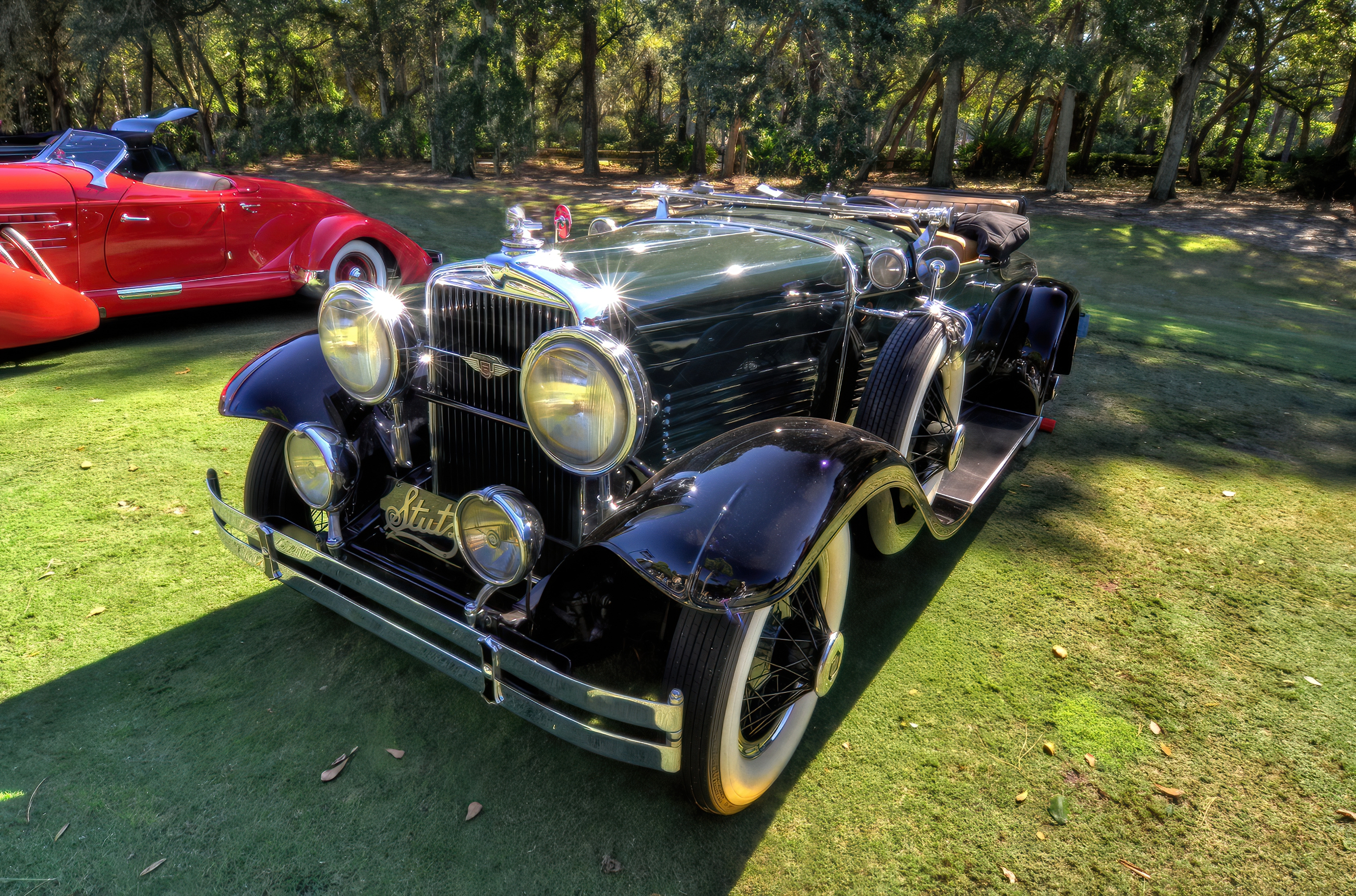
The 1929 Stutz Blackhawk was an automobile manufactured by Stutz Motor Car Company in Indianapolis from 1929 to 1930. It was not as powerful or expensive as contemporary Stutzes, which is most likely why it was marketed as a separate make. The year previously, there was a Stutz model called the Black Hawk, doubtlessly leading to confusion for more than one customer. The car was available with either an overhead cam six-cylinder or straight eight engine, with maximum outputs of 85 bph and 95 bph respectively.
There was a great deal of promotion for the marque, and first years sales were decent at 1310, but second year sales dropped to only 280. The brand was discontinued by years end, another early victim of the depression.
Overview
- Production Year: 1929
- Manufacturer: Stutz Motor Car Company
- Model: Blackhawk
- Body Style: Various, including roadster and coupe
Design and Specifications
- Engine:
- The 1929 Stutz Blackhawk is powered by an inline-eight engine.
- The engine displacement is 322 cubic inches (5.3 liters).
- It produces approximately 125 horsepower.
- Transmission:
- The car features a 3-speed manual transmission.
- The gearbox is known for its durability and smooth operation, enhancing the driving experience.
- Chassis:
- The Blackhawk is built on a strong and rigid ladder frame chassis.
- The wheelbase measures around 134 inches (3,404 mm), contributing to its stability and ride comfort.
- Suspension:
- The front suspension consists of a solid axle with semi-elliptic leaf springs.
- The rear suspension also features a solid axle with semi-elliptic leaf springs.
- This setup provides a balance between ride comfort and handling performance.
- Brakes:
- The Stutz Blackhawk is equipped with mechanical drum brakes on all four wheels.
- These brakes offer reliable stopping power for the car's performance capabilities.
Performance
- Top Speed: The Stutz Blackhawk could achieve a top speed of approximately 90 mph (145 km/h).
- Acceleration: The car offered impressive acceleration for its time, making it competitive in both street and racing scenarios.
- Handling: The Blackhawk is known for its precise and responsive handling, providing an engaging driving experience.
Design Features
- Bodywork:
- The Blackhawk features an elegant and aggressive design, with a low-slung profile and distinctive grille.
- The body is crafted from high-quality materials, providing both durability and aesthetic appeal.
- The car is available in various body styles, including roadster and coupe, each offering its own unique charm.
- Interior:
- The interior of the Blackhawk is designed with luxury and comfort in mind, featuring high-quality upholstery and finishes.
- The seats are designed to provide comfort and support for both driver and passengers.
- The dashboard features essential gauges and controls, with a layout that emphasizes functionality and ease of use.
- Styling:
- The styling of the Blackhawk is characterized by its sleek lines, bold grille, and large, round headlights.
- The car's design emphasizes both performance and luxury, making it a standout in its era.
Legacy and Historical Significance
- Historical Significance:
- The 1929 Stutz Blackhawk represents a significant period in the history of American sports cars, showcasing the innovation and craftsmanship of the Stutz Motor Car Company.
- It was part of the broader Stutz lineup, which included various models and configurations, each catering to different customer preferences.
Taken at the Hilton Head Island Concours d'Elegance & Motoring Festival.
You may purchase a print of the 1929 Stutz Blackhawk in our dElegance 2014 online gallery.
The Vintage Automobile Article Index



